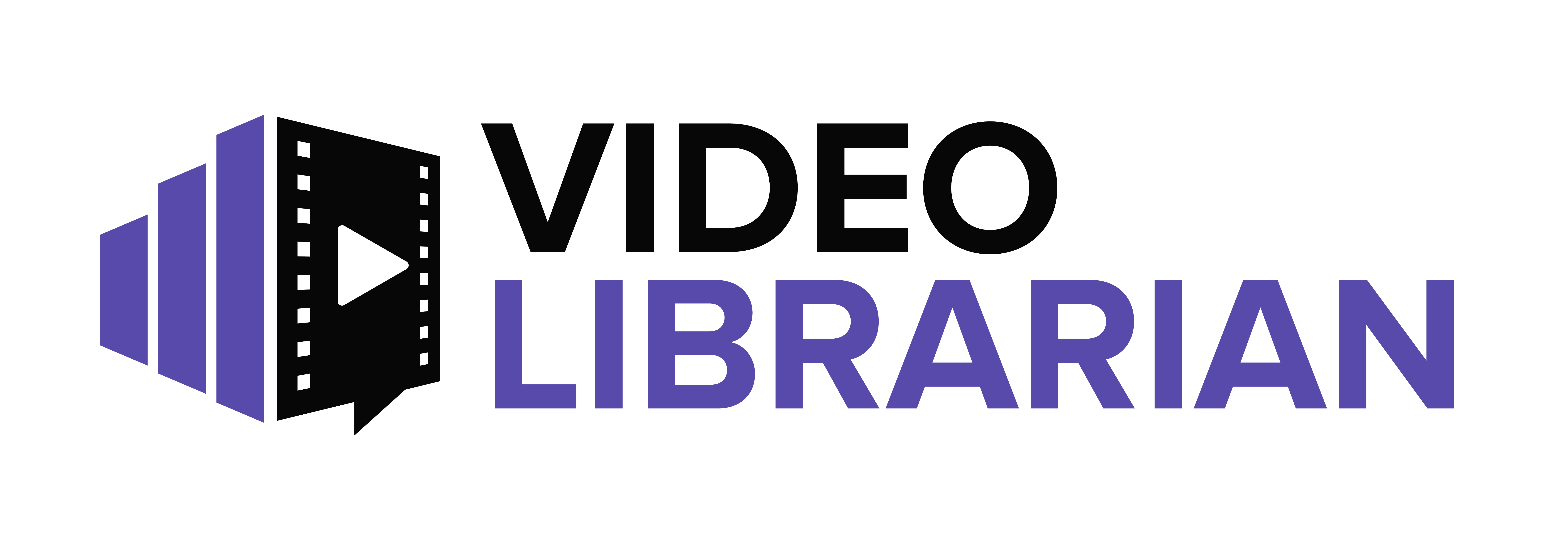Astonishing 3D/2D stop-motion animation, wondrous to behold, troubling to ponder, The Wolf House originates from the acclaimed Chilean artists/filmmaker team of Cristóbal León and Joaquín Cociña. A brief, deceptive prologue is the only tipoff to internationally-minded viewers that what you are about to see comes from the era of the CIA-backed Augusto Pinochet dictatorship that seized Chile and ruled with an iron hand in the 1970s. The film, however, takes place entirely within the confines of a house whose walls burst forth and blossom with single-frame-animated drawings and paintings that metamorphosize into sculpture, dolls, miniatures, and found objects, brought to life in a manner that should appeal to viewers of outlier-animation masters such as Jan Svenkmajer and the Brothers Quay, although this is in no way derivative.
With the sparse narration and vocals in German, the impressionist visuals accompany a "story," of sorts, about a little girl, Maria, who escapes from a harsh government-sponsored honey farm (this is a reference to Chile's "Colonia Dignidad," a state-approved commune and haven for escaped Nazi war criminals and other WWII German refugees, rumored as a site of torture and pedophilia). Maria finds shelter in a house where two pigs dwell, although outside a threatening wolf lurks. Via Maria's love and nurturing, the pigs transform into human children (blonde, blue-eyed, tectonic types). But they in turn gradually grow more threatening, becoming their surrogate mother's new tormentors.
Elements of fairy tales (naturally) mingle with darkest psychological trauma and foreboding. Even as nothing is shown that might constitute traditional horror-film imagery and gore, the cumulative effect is indeed nightmarish, whether one appreciates the real-life offscreen backstory or not. The painstaking, ever-mutating imagery (designed, for the most part, to resemble one long, continuous take) dazzle the eye throughout. Recommended.

